After perfecting 3-pointers, this basketball robotic is studying to dribble
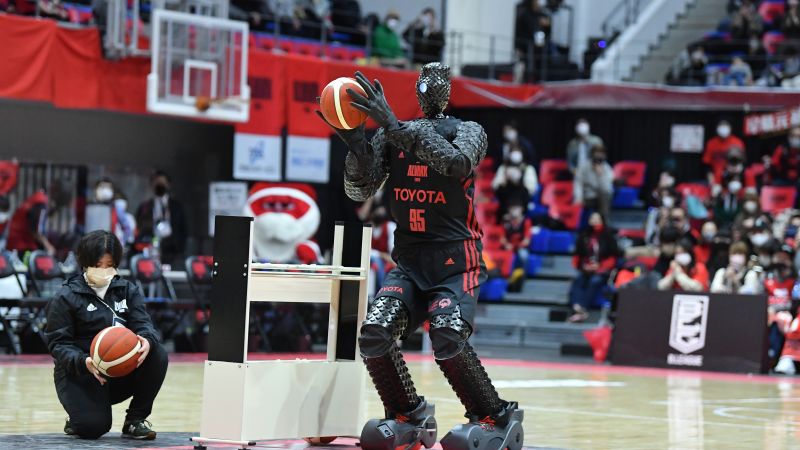 After perfecting 3-pointers, this basketball robotic is studying to dribble
[ad_1]
After perfecting 3-pointers, this basketball robotic is studying to dribble
[ad_1]
Muricas News —
At almost seven toes tall and weighing 240 kilos, CUE has biometrics lots like the common basketball participant’s. However CUE isn’t a sports activities star within the typical sense: it’s a hoop-shooting AI-powered robotic.
On the Olympic Video games in Tokyo, within the Summer time of 2021, it wowed spectators with a nothing-but-net shot from half court docket.
“At that second, I felt like I used to be watching a fantasy film (somewhat than) one thing I had been part of,” says Tomohiro Nomi, chief of the event staff behind CUE and different Toyota humanoid robotic initiatives.
CUE, which makes use of a sensor in its chest to calculate the angle and energy required for every shot, originated as an newbie robotics challenge in 2017, and it achieved the “not possible” by showing in a half-time present on the Olympics, Nomi says.
Nonetheless, after touchdown greater than 2,000 consecutive pictures in a world-record try, taking pictures hoops has change into too simple for this sporty droid.
To spice issues up, the staff is instructing the robotic to dribble – and hope future iterations can have “the identical vary of movement and suppleness as people,” says Nomi.
The Toyota staff behind CUE conceived of the concept throughout an AI-themed occasion at a volunteer group referred to as the Toyota Engineering Society. Impressed by a phrase from a Nineties basketball manga collection titled “Slam Dunk” – “Will 20,000 observe pictures be sufficient?” – the staff got down to create a robotic participant able to 100% accuracy.
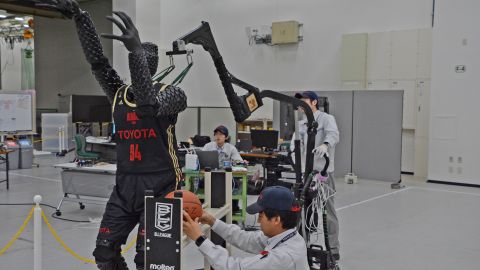
Simply 11 months later, the primary model of the robotic made its debut at a sport that includes Alvark Tokyo, a staff from the highest division of Japanese basketball league, the B.League. It efficiently scored 9 out of 10 pictures from the free-throw line. After this consequence, Toyota requested the nine-person growth staff to pursue it as an official challenge.
Within the second model, the staff eliminated the robotic’s stand and as a substitute made it stand on two legs, which elevated its taking pictures vary to seven meters (23 toes). For the third iteration, the robotic might now shoot from the middle circle, 12 meters (39 toes) from the basket. It was this mannequin, CUE3, that was supplied the possibility to check out for the Guinness World Document for the title “Most consecutive basketball free throws by a humanoid robotic (assisted)” in April 2019.
The staff needed to scale back the time wanted to tee up its subsequent shot, from three minutes to only seconds for the pictures to be thought of consecutive. The robotic set the file at 2,020 consecutive pictures – a quantity that was chosen to rejoice the Tokyo 2020 Olympics – over six hours and 35 minutes. That also doesn’t beat the human file of 5,221 free throws set in 1996, however CUE’s growth staff observe that they intentionally reduce the try brief resulting from time constraints, as file officiators can not take breaks, swap or depart.
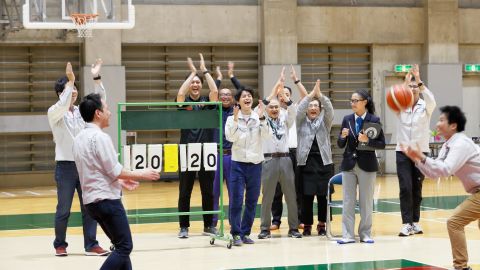
Because the robotic developed, so did its top and weight; it's now 9 inches taller than its shortest iteration and almost twice as heavy as its lightest. The added weight is a drawback, says Nomi, and the staff wish to make it lighter – nonetheless, he provides that they've “prioritized purposeful evolution within the restricted time obtainable,” over a nimbler physique.
The robotic’s newest model, CUE5, was unveiled on the Tokyo 2020 Olympics, on the request of the Worldwide Olympic Committee (IOC). Whereas the half-time exhibition wasn’t broadcast on tv, many movies of it circulated on social media.
With new cameras and sensors put in in its toes and new motion in its palms, CUE can now detect the space between its palms and the ball – permitting it to dribble, and take pictures from a number of positions on the court docket, together with from half-court.
“We wish to attempt taking pictures from even additional distances sooner or later – for instance, from the 3-point line on the other court docket or from the free-throw line,” says Nomi.
The staff remains to be honing CUE’s dribbling potential – however this new ability presents a world of potentialities.
Their subsequent purpose is to get CUE6 a spot on the 2023 B.League All-Star Recreation Abilities Problem, which exams gamers’ velocity and precision in dribbling, taking pictures, passing, and impediment navigation. The staff goals for the droid to finish the take a look at in a single minute, which is on par with the common time of prime athletes.

Nonetheless, this new mission brings “a mountain of challenges” in line with Takayoshi Tsujimoto, the staff’s growth supervisor, who mentioned in a assertion that “whereas a shot primarily flies in a parabolic arc, a move should take a extra direct course.”
The staff now must double the velocity that the present model of CUE runs at, set up whether or not one or two-handed throws work higher, in addition to add zig-zag operating motions and impediment sensors, Tsujimoto provides. And the staff don’t have lengthy: CUE6 is anticipated to debut at an Alvark Tokyo house sport on December 24, 2022, says Nomi.
Whereas robots can not but mimic human motion, Nomi anticipates technological developments that can get them nearer to that purpose. The staff hasn’t checked out particular industrial functions for the know-how but, however Nomi thinks that the kind of management system CUE makes use of could possibly be helpful throughout the robotics discipline.
Each time the staff faces challenges, he comes again to the concept of taking 20,000 observe pictures to succeed – and thinks it accommodates an essential reminder for innovators.
“That quantity would usually make somebody wince, however it’s as if to say, ‘Is that each one I must do?’ It sends out a robust message – of by no means utilizing being an newbie as an excuse, and that tough work pays off,” he says.
“These messages push us ahead.”
[ad_2]


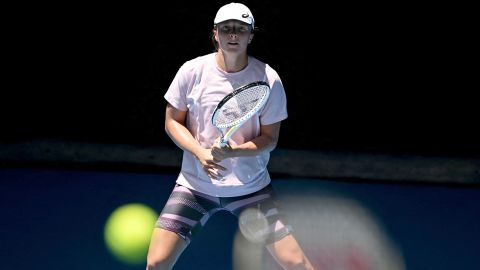

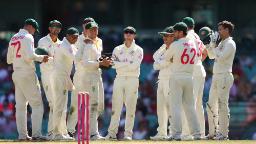


0 comments: